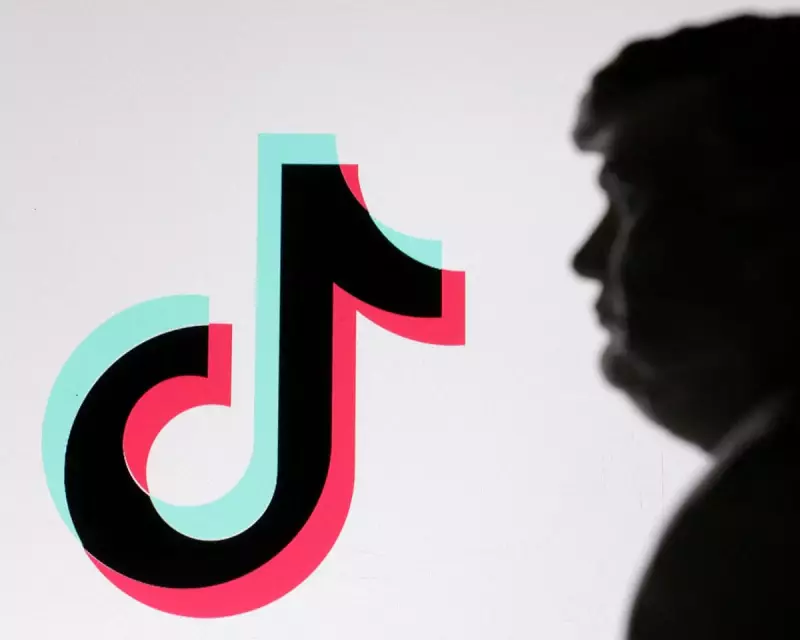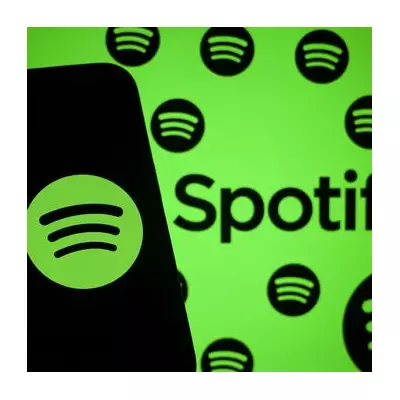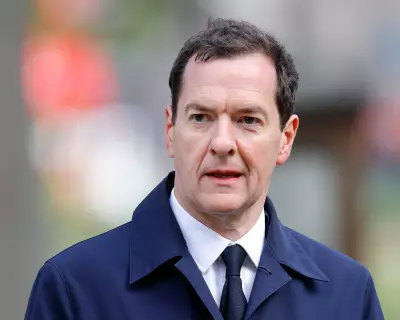
In a move that has stunned political commentators and tech analysts alike, Donald Trump's White House has officially joined TikTok, the very platform he once sought to outlaw during his first term. The account, @WhiteHouse, made its debut on the platform, marking a profound reversal in policy for the former President.
A Platform Once Deemed a 'Threat'
The irony is palpable. This strategic embrace of TikTok comes just years after the Trump administration aggressively pursued a ban on the Chinese-owned app, citing severe concerns over data security and potential espionage by the Beijing government. The move to outlaw it was a central pillar of his tough-on-China stance.
The First Post: A Nod to Convention
The account's inaugural post, a slickly produced 27-second video from the White House grounds, features a staffer quipping, "Hey, folks... guess where I am?" before panning to the iconic North Portico. The clip, set to upbeat music, is a classic piece of political stagecraft, designed to project accessibility and modernity.
Campaign Strategy Overrides Security Concerns
This dramatic pivot is widely seen as a pragmatic, if cynical, acknowledgment of TikTok's unrivalled power to reach younger voters. With an estimated 170 million users in the US alone, the platform represents a digital battleground the Trump campaign feels it cannot afford to cede. The decision appears to prioritise electoral strategy over previously stated national security principles.
A Controversial Welcome
Reaction has been fiercely divided. Supporters hail it as a savvy adaptation to the modern media landscape. Critics, however, have lambasted the move as the ultimate hypocrisy, accusing the former President of abandoning a key security policy for sheer political convenience. The debate underscores the complex and often contradictory relationship between politics, security, and digital campaigning.
This establishment of an official presence solidifies TikTok's transformation from a perceived foreign adversary to an essential tool in the American political toolkit, setting a new precedent for how future administrations will engage with the digital world.





